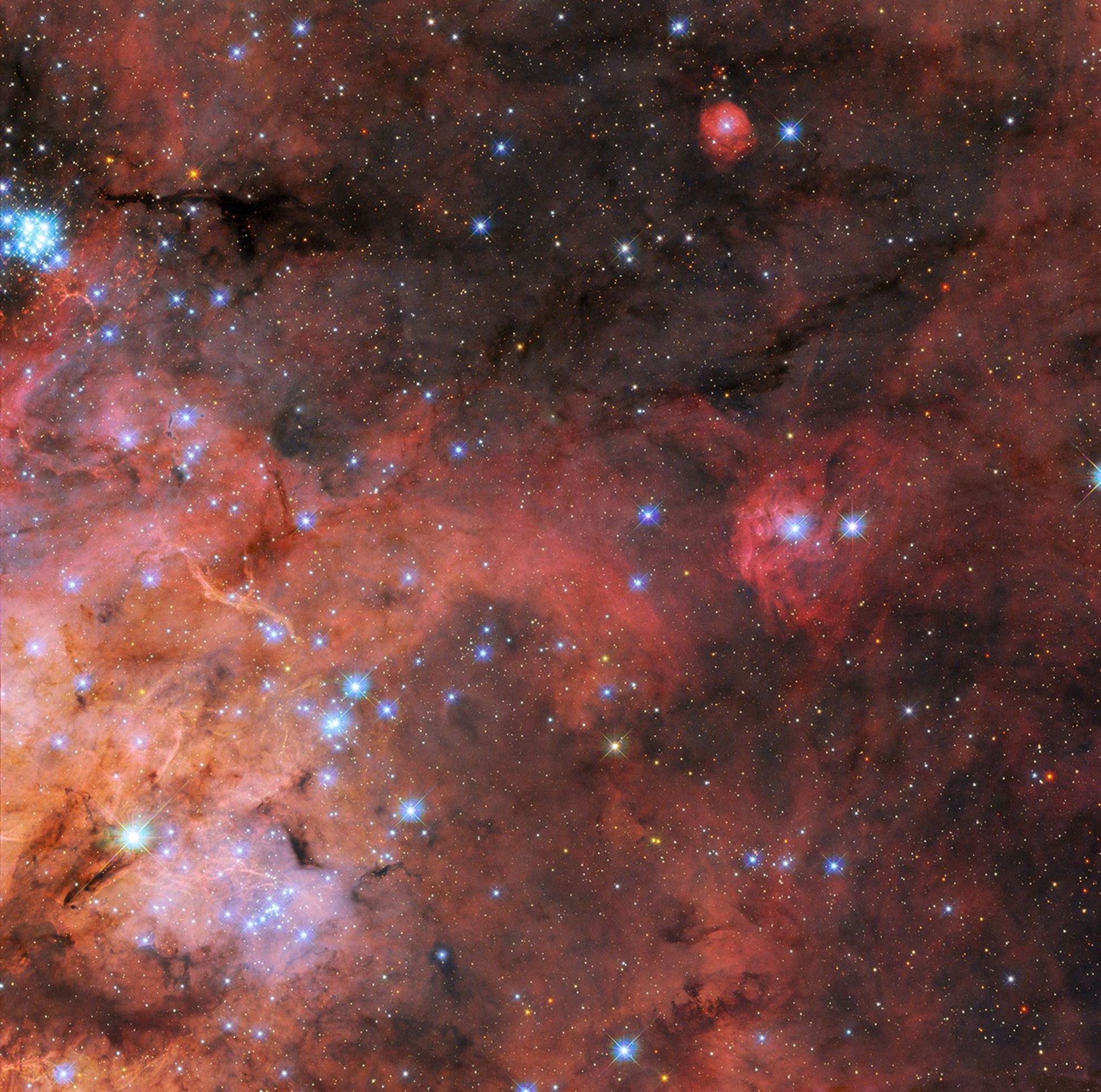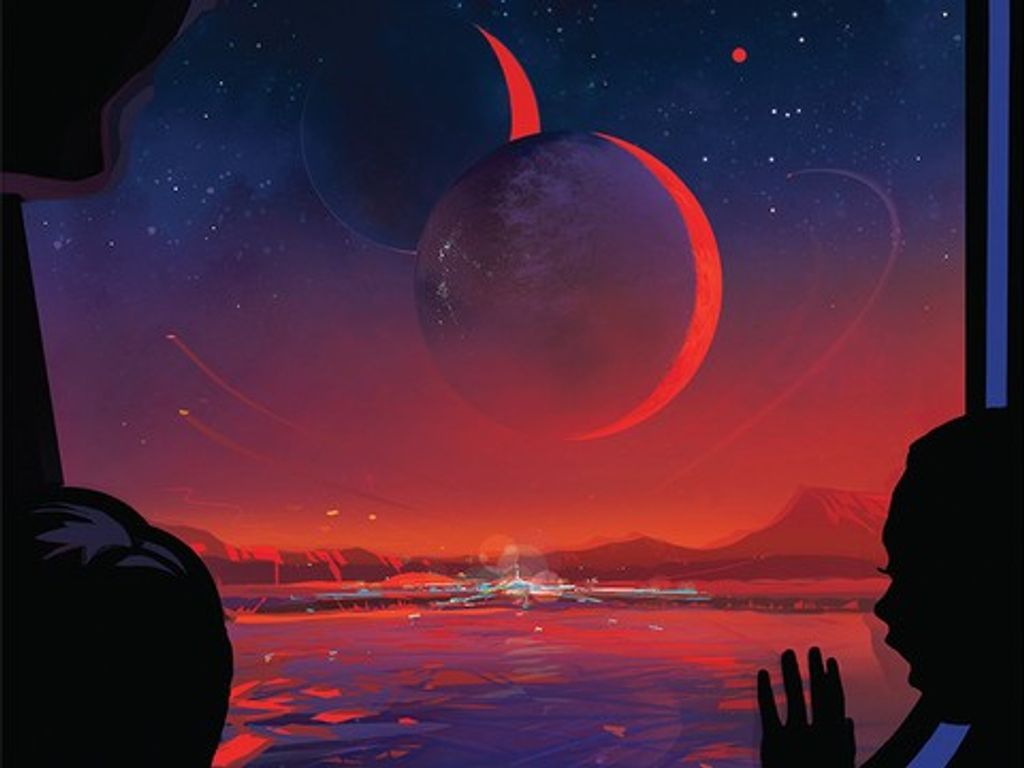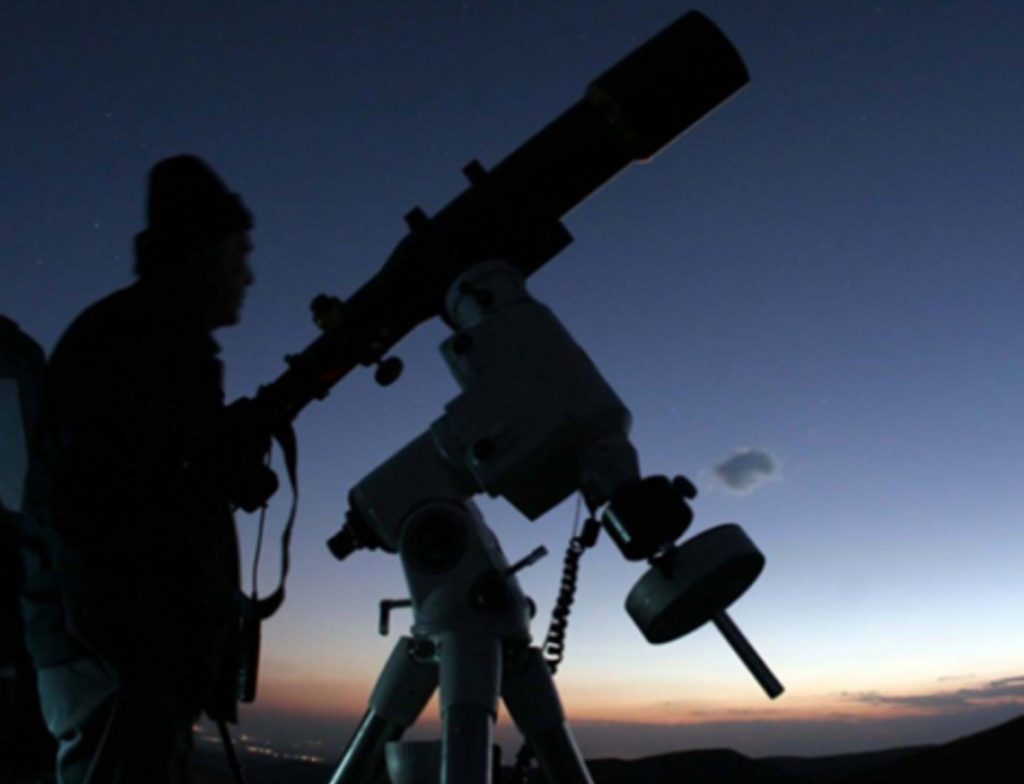
Tarantula Nebula
A snapshot of the Tarantula Nebula (also known as 30 Doradus) is featured in this Hubble Space Telescope image. The Tarantula Nebula is a large star-forming region of ionized hydrogen gas that lies 161,000 light-years from Earth in the Large Magellanic Cloud, and its turbulent clouds of gas and dust appear to swirl between the region’s bright, newly formed stars. The Tarantula Nebula is a familiar site for Hubble. It is the brightest star-forming region in our galactic neighborhood and home to the hottest, most massive stars known. This makes it a perfect natural laboratory in which to test out theories of star formation and evolution, and Hubble has a rich variety of images of this region.
Image Credit: ESA/Hubble & NASA, C. Murray, E. Sabbi; Acknowledgment: Y. -H. Chu
- X
https://science.nasa.gov/image-detail/amf-f639c526-d414-4db0-a5f6-601ae5584b99/
Image CreditESA/Hubble & NASA, C. Murray, E. Sabbi; Acknowledgment: Y. -H. Chu
Size1979x1962px





























